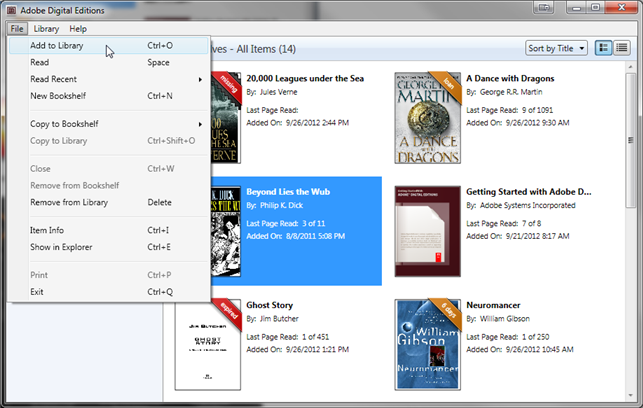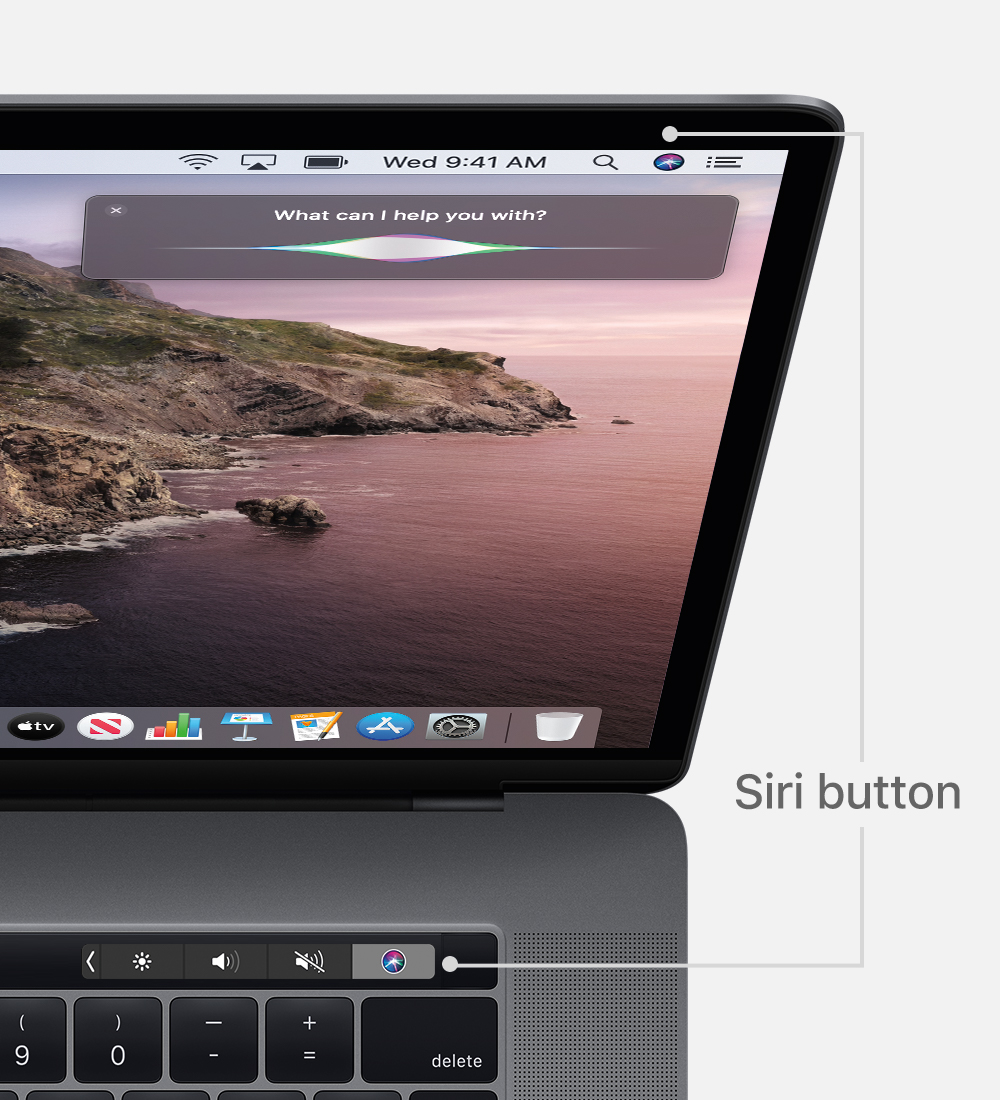How To Find Library On Mac Catalina
- Jan 04, 2020 Click the 'Choose Library' button. In the Open iTunes Library window, navigate to and select the iTunes Library.itl file in the iTunes folder on your network and then click the Open button.
- Stack Overflow for Teams is a private, secure spot for you and your coworkers to find and share information. Learn more MySQLdb on Mac Catalina: Library not loaded: libmysqlclient.18.dylib.
- Oct 07, 2019 First, to be safe backup and rename your current Photos Library. To switch over to Photos, launch Photos with the option key held down. From the resulting dialog, select your iPhoto Library. Photos will create a new Photos Library with the media from your iPhoto Library. Your old iPhotos library will not be affected.
- Oct 17, 2019 If any other users have shared their library locally, you’ll see a small drop-down box next to “Library” in the sidebar. Click on it to reveal any other libraries you can connect to. How to Share Music in macOS Catalina.
Find backups stored on your Mac or PC
To avoid ruining any of your backup files, here's what you should know:
- Finder and iTunes save backups to a Backup folder. The location of the Backup folder varies by operating system. Though you can copy the Backup folder, you should never move it to a different folder, external drive, or network drive.
- Don't edit, relocate, rename, or extract content from your backup files, because these actions might ruin the files. For example, to restore from a relocated backup file, you need to move it back or the file won't work. Backups serve as a safe copy of your entire device. So while you might be able to view or access a backup file's contents, the contents usually aren't stored in a format that you can read.
macOS Catalina gives you more of everything you love about Mac. Experience three all-new media apps: Apple Music, Apple TV, and Apple Podcasts. Locate a missing Mac with the new Find My app. And now coming to Mac, your favorite iPad apps. You can even extend your desktop using iPad as a second displ. Oct 01, 2019 Connect your external drive to your Mac. Open the Music or TV app in macOS Catalina. From the menu bar, go to File Import.Import individual items, one-at-a-time, or your entire iTunes Media folder at once. Find the iTunes Media folder you copied to your external drive.
Backups on your Mac
To find a list of your backups:
8 Reasons to Catalog Your Books (and How to Do It). (in some apps) mark the book as checked out so you never lose a borrowed book. If you ever lose the library due to fire, flood, or other disaster you can use the list to rebuild your collection and (depending on your insurance) possibly recuperate some of the money lost. We make the best.  It's easier than you think to get free Kindle books; you just need to know where to look. The websites below are great places to visit for free books, and each one walks you through the process of finding and downloading the free Kindle book that you want to start reading.
It's easier than you think to get free Kindle books; you just need to know where to look. The websites below are great places to visit for free books, and each one walks you through the process of finding and downloading the free Kindle book that you want to start reading.
- Click the magnifier icon in the menu bar.
- Type or copy and paste this: ~/Library/Application Support/MobileSync/Backup/
- Press Return.
To find a specific backup:
- On a Mac with macOS Catalina 10.15 or later, open the Finder. On a Mac with macOS Mojave 10.14 or earlier, or on a PC, open iTunes. Click your device.
- In Finder, under the General tab, click Manage Backups to see a list of your backups. From here, you can right-click on the backup that you want, then choose Show in Finder, or you can select Delete or Archive. In iTunes, choose Preferences, then click Devices. From here, you can right-click on the backup that you want, then choose Show in Finder, or you can select Delete or Archive.
- Click OK when you're finished.
Backups in Windows 7, 8, or 10
To find a list of your backups, go to Users(username)AppDataRoamingApple ComputerMobileSyncBackup
You can also use these steps:
- Find the Search bar:
- In Windows 7, click Start.
- In Windows 8, click the magnifying glass in the upper-right corner.
- In Windows 10, click the Search bar next to the Start button.
- In the Search bar, enter %appdata% or %USERPROFILE% (if you downloaded iTunes from the Microsoft Store).
- Press Return.
- Double-click these folders: 'Apple' or 'Apple Computer' > MobileSync > Backup.
Delete or copy backups on your Mac or PC
Don't edit, relocate, rename, or extract content from your backup files, because these actions might ruin the files. Use the following sections to make copies of your backups or delete backups that you no longer need.
Copy backups to another location
If you need copies of your backups, you can find the Backup folder and copy the entire folder (not just part of it) to another place, like an external drive or network-storage location.
When you use Time Machine, it automatically copies your Backup folder when you back up the Home folder on your Mac.
Delete backups
- On a Mac with macOS Catalina 10.15 or later, open the Finder. On a Mac with macOS Mojave 10.14 or earlier, or on a PC, open iTunes. Click your device.
- In Finder, under the General tab, click Manage Backups to see a list of your backups. From here, you can right-click on the backup that you want, then select Delete or Archive. In iTunes, choose Preferences, then click Devices. From here, you can right-click on the backup that you want, then choose Delete or Archive. Click OK when you're finished.
- Click Delete Backup, then confirm.
Locate and manage backups stored in iCloud
If you use iCloud Backup, you won't find a list of your backups on iCloud.com. Here's how to find your iCloud backups on your iOS or iPadOS device, Mac, or PC.
On your iPhone, iPad, or iPod touch:

- Using iOS 11 or later, go to Settings > [your name] > iCloud > Manage Storage > Backup.
- Using iOS 10.3, go to Settings > [your name] > iCloud. Tap the graph that shows your iCloud usage, then tap Manage Storage.
- Using iOS 10.2 or earlier, go to Settings > iCloud > Storage > Manage Storage.
Tap a backup to see more details about it, choose which information to back up, or delete the backup.
You can choose which content to back up only from the Settings menu of the device that stores that content. For example, while you can view your iPad backup from your iPhone, you can choose which iPad content to back up only from the Settings menu of your iPad.
Free library management software for mac reviews. Prev Page 10 of 12 Next Prev Page 10 of 12 Next. TagScannerTagScanner is a tag editor on steroids. It has manual and automatic editing for basic and extended tags, a tool that can rename files based on tags, or take tags from file names.
On your Mac:
- Choose Apple () menu > System Preferences.
- Click iCloud.
- Click Manage.
- Select Backups.
On your PC:
- Open iCloud for Windows
- Click Storage.
- Select Backup.
Learn more about how to delete or manage iCloud backups from your Mac or PC.
Learn more
How To Find Library On Mac Catalina Bay
- Learn the difference between iCloud and iTunes backups.
- Follow steps to back up your iPhone, iPad, or iPod touch.
- Learn about encrypted backups in iTunes.